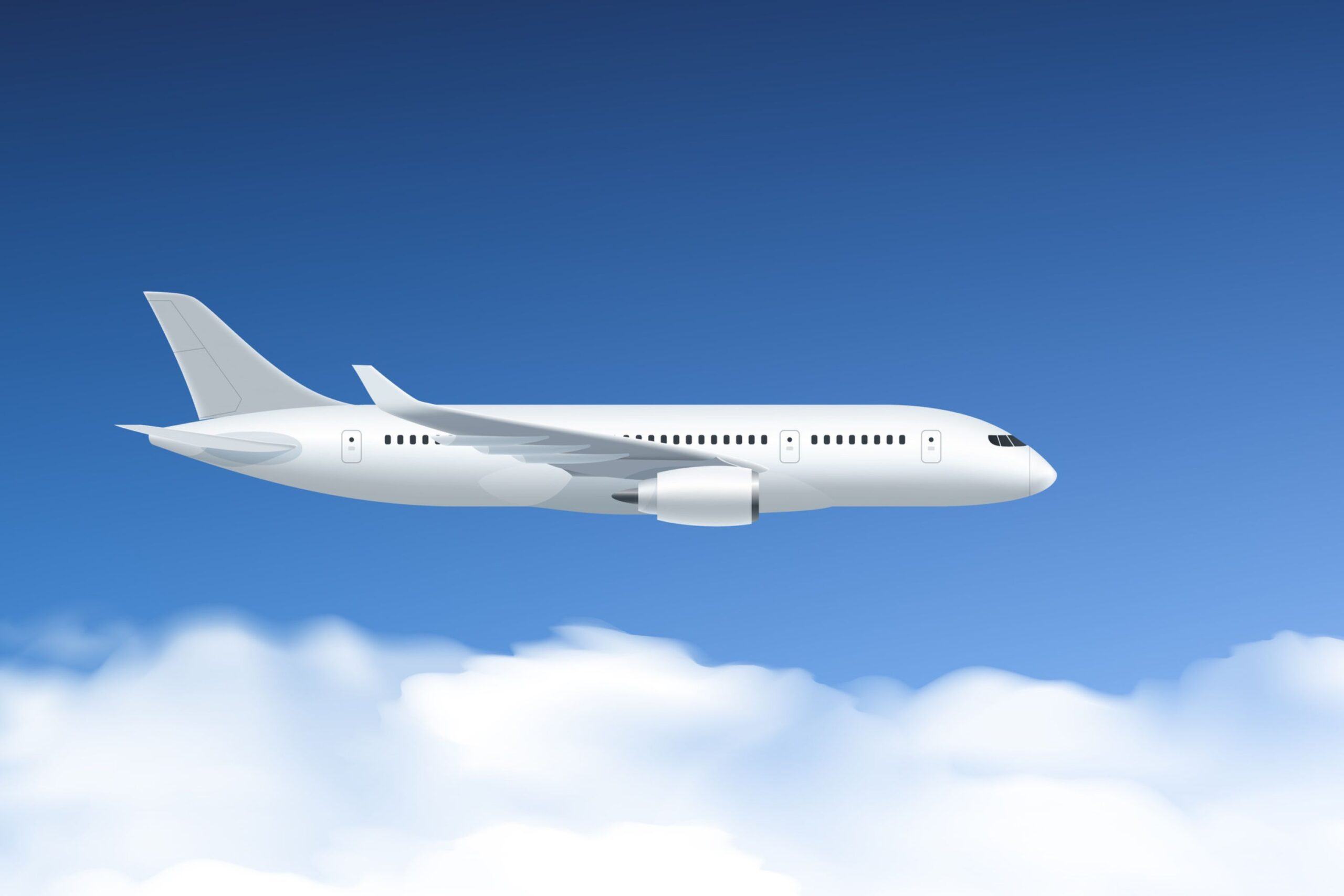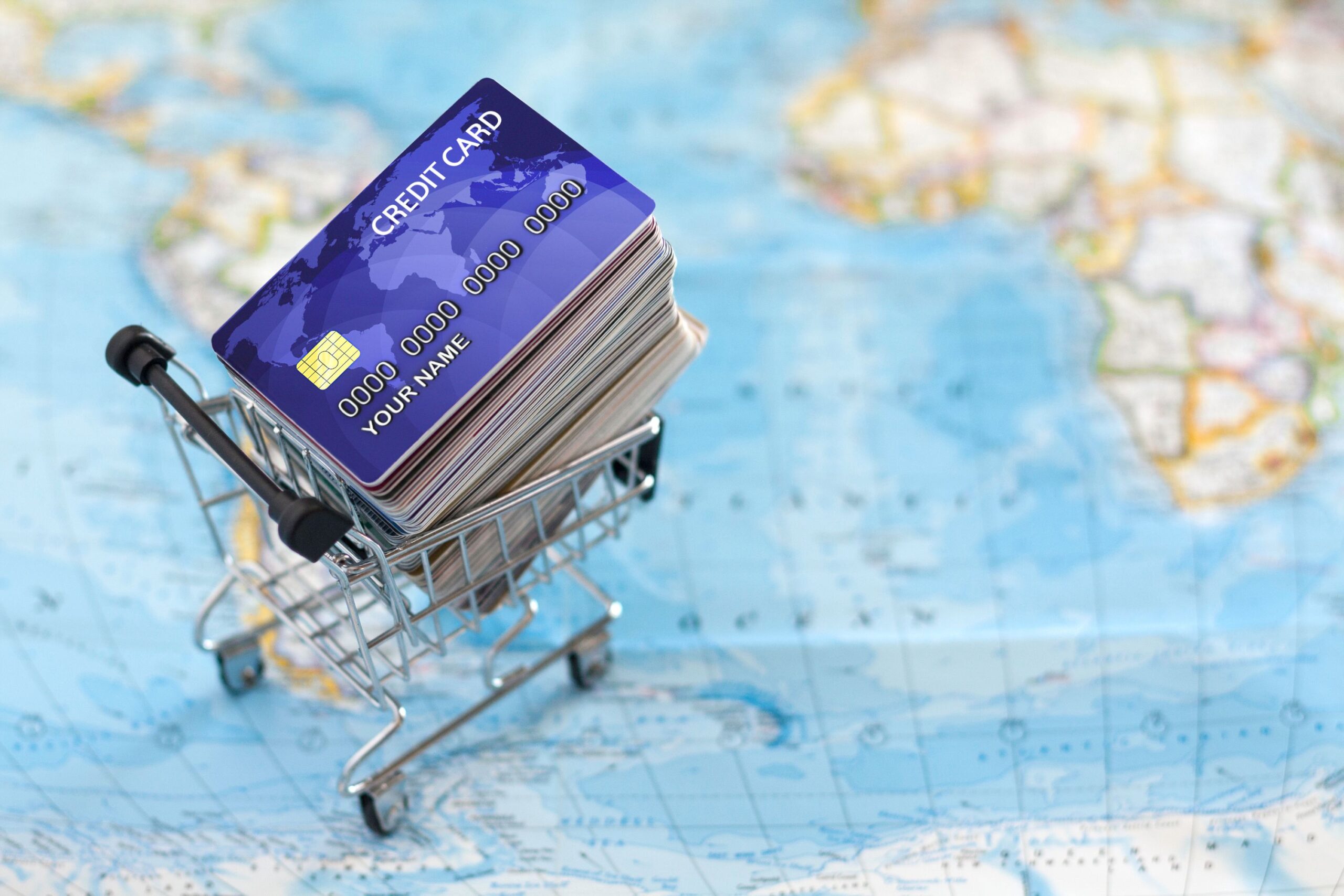Flying isn’t just about getting from point A to B—timing, convenience, and cost. One of the most common questions travelers ask when searching for flights online is: Is it cheaper to fly at night or during the day? You’ve probably noticed price changes depending on the hour you plan to take off. But what’s behind those shifts, and when should you book your flight to save the most?
Why Flight Time Affects Your Fare
Flight ticket prices don’t happen by chance. Airlines use complex pricing models that adapt to demand, booking trends, and the time of day the flight departs. If you’ve ever found yourself paying more for a 10 a.m. departure than a 10 p.m. one, you’re not imagining things.
Flights at less popular hours—usually overnight or early morning—are cheaper. These times are less appealing to most travelers. People generally prefer to fly during the day when it’s easier to get to the airport, stay alert, and settle into their destination upon arrival. So, if you’re asking, is it cheaper to fly at night or in the day? The short answer is: often, yes, night flights usually cost less.
What Makes Night Flights Cheaper?
Let’s talk demand. The fewer people who want a seat on a particular flight, the lower the price needs to be to fill it. That’s basic airline economics. Late-night flights—sometimes called “red-eye flights”—typically have fewer business travelers and vacationers willing to fly at those hours. And because demand dips, prices follow.
Airlines also have a scheduling advantage. Red-eye flights let carriers maximize aircraft usage. A plane that flies out late at night and arrives early in the morning is working efficiently, which helps the airline save money. They often pass a portion of that saving on to passengers willing to fly at night.
Not All Night Flights Are Cheap
Even though flying at night might sound like a budget travel trick, it’s not always cheaper. Specific routes—like popular overnight international flights—can be expensive no matter the hour. For example, red-eyes from New York to London or Los Angeles to Tokyo might still carry premium price tags because they fit business schedules or have consistent demand.
That’s why comparing prices over several days and times is smarter than assuming that late flights are always the best deal. Use the filters on flight booking platforms to explore fares for morning, afternoon, evening, and night departures. The results might surprise you.
When Early Morning Flights Work in Your Favor
Travelers sometimes overlook flights just after midnight or at dawn, making them another low-demand option. If you’re a morning person—or just really committed to saving—these flights can unlock cheaper fares.
Morning flights also tend to have fewer delays, which adds another perk. So if you’re balancing savings and schedule reliability, early departures might be worth considering. It’s another reason why asking if it is cheaper to fly at night or during the day doesn’t have a one-size-fits-all answer. Sometimes, flying while everyone else is still asleep is your best move.
The Role of Time Zones and International Routes
When you’re flying internationally, the local time at your destination might also affect prices. For example, a flight that leaves your city at 11 p.m. might land in Europe in the late afternoon. That arrival time might be more desirable, raising the cost.
Airlines also coordinate international arrivals for key airport windows when customs and ground staff are fully operational. That means overnight flights, although tiring, can be some of the most strategically scheduled and heavily booked on international routes.
So while night flights often help you save, the route and destination matter just as much.
Is It Cheaper to Book a Flight That Leaves at Night?
Let’s make this practical. If you’re booking a domestic flight and are flexible with your schedule, flying at night might help you shave off anywhere from 10 to 25% of your total fare. That’s especially true for short-haul flights that depart during “off hours.”
But if your trip has tight connections or you’re traveling with young kids, the savings might not be worth the inconvenience. You must weigh the trade-off between lower prices, personal comfort, and schedule alignment.
From a booking strategy point of view, you can start by searching your preferred flight route at different times of day. Then watch how the prices shift. When you’re not bound to a rigid departure time, you’ll often spot significant savings by choosing less popular hours.
Tips for Booking Night Flights at the Best Price
Now, if you’re convinced that night flights might work for your next trip, here’s how to make the most of it:
- Try to book at least 3 to 6 weeks in advance, especially if you’re flying on a Friday or Sunday night. These are popular times, even for late flights.
- Use flexible search tools. Many platforms let you view prices across days and departure times simultaneously.
- If you’re traveling during holidays, don’t count on night flights being cheaper. Demand stays high all day long during peak seasons.
- Avoid booking last-minute red-eye flights. Surprisingly, those prices can spike because of urgent business travel needs.
Which Days and Times Offer the Best Deals?
You’ve probably heard that Tuesday is the best day to book flights—but what about the actual departure time? If you ask if it is cheaper to fly at night or during the day, it’s worth factoring in which day you’re flying.
Late-night flights on Tuesdays or Wednesdays often come with the lowest fares. Why? Because they’re stuck between the busy start and end of the workweek. Business travel slows down midweek, and most vacationers still plan around weekend departures. That means fewer people searching for those red-eye or early-morning seats on a Wednesday, and prices drop to attract the ones who are.
Those late flights can be more expensive when you fly on weekends, especially on Friday nights or Sunday evenings. The demand for weekend getaways and people returning home after short trips bumps the cost, no matter how inconvenient the departure time may seem.
So, consider a late Tuesday or early Wednesday departure if you want to save. Combine that with a less popular flight hour, and you’ll likely land a better deal.
How Airlines Price Flights Based on Time
Let’s step into the airline’s shoes for a moment. Every seat is part of a supply-demand equation. The more people want a specific time or route, the higher the cost. Flights during regular business hours—say 8 a.m. to 6 p.m.—usually cost more. That’s when most passengers want to travel.
But flights that leave at 5 a.m. or 11 p.m.? There are not quite as many takers, so the airlines lower the fare to boost bookings.
But they won’t advertise this openly. You can use fare alerts or flexible search filters to track how fares change depending on the time of day. Set your filters to display late-night departures across several days. You’ll begin to see patterns, and they’ll often confirm that it is cheaper to fly at night or day, depending on the specifics of your route and schedule.
What to Expect When Flying at Night
Flying overnight can sound like a smart way to save money, but let’s consider what it feels like.
For one, airports are quieter. Security lines are shorter. There’s usually less chaos at the gates. You board faster, and flights sometimes arrive ahead of schedule because of fewer delays on the runway.
But you’ll need to prepare for a different kind of travel. Food options might be limited at the airport, especially after 10 p.m. Your destination may not have ground transportation options running when you land, particularly in smaller cities. So while night flights save money, they sometimes require extra planning.
Still, if you’re a light sleeper or don’t mind adjusting your sleep schedule, a night flight might feel easier than dealing with the crowds and higher fares during the day.
When Flying During the Day Costs Less
There are a few exceptions where daytime flights might be cheaper. For example, the early afternoon slot might have fewer bookings if you’re flying a short domestic route unrelated to business demand, like a weekend hop between two smaller cities.
Also, midday flights on Saturdays are often cheaper. Between Friday check-ins and Sunday checkouts, that’s a quiet travel time, so airlines sometimes drop fares to fill seats.
If you’re wondering if it’s cheaper to fly at night or during the day, remember that the destination, the day of the week, and the hour of departure shape the answer. You won’t always get the lowest fare because the flight leaves at 11 p.m., but you’ll often get a better price than popular daytime options.
Should You Sacrifice Comfort to Save?
It depends on your travel style. If saving money is your top goal, flying at night could help. But if you need rest before an important meeting or are traveling with kids, the cost difference might not be worth the stress of arriving sleep-deprived.
What you can do is figure out your non-negotiables. If you don’t mind sacrificing sleep for savings, go for the red-eye. Those morning flights might be your sweet spot if you’re okay with flying early to avoid traffic and get through security faster.
Booking flights online gives you all the tools to compare departure times side by side. Use them. Don’t rely on assumptions. Let the data guide you.
Red-Eye Flights: Myths vs Reality
Some travelers believe red-eye flights are always cheaper. Others think they’re always horrible. The truth? It’s somewhere in between.
Red-eyes are typically cheaper, but only on routes with low overnight travel demand. Savvy travelers often use them to maximize their time at their destination. You leave at night, sleep on the plane, and wake up ready to go. That can be especially helpful for business trips or short holidays.
The discomfort myth also depends on the airline and the seat. On newer planes, overnight flights can be surprisingly comfortable. You might sleep better than expected with eye masks, noise-cancelling headphones, and a neck pillow.
Seasonal Differences in Flight Prices by Time of Day
Seasonality plays a bigger role in flight pricing than many travelers realize. A cheap night flight in February could cost double in July. Why? Because during peak seasons, even the “less desirable” flight times are in high demand.
If you’re flying around the holidays, don’t count on night flights being your discount ticket. Families, students, and international travelers often jump at any available seat, even the late-night ones. That drives up demand across the board, including red-eyes and early-morning slots.
Conversely, you’ll often find better night-flight deals in off-peak months like January or September. Fewer people travel, and airlines offer discounts to fill empty seats. So, to find out when it is cheaper to fly at night or during the day, check the season first. Timing your trip around quieter months can make a big difference.
Which Airports Offer the Best Night Flight Deals?
Not all airports operate 24/7. Some regional airports shut down overnight or limit the number of flights after a particular hour. Your ability to score a cheaper night flight may depend on the airport’s schedule.
Major international hubs—like JFK, LAX, Heathrow, or Frankfurt—offer more red-eye options and tend to have stronger competition among airlines. That competition often leads to better pricing, especially for overnight departures.
In contrast, smaller airports may offer only one or two flights at night, giving airlines less incentive to cut prices. If you’re flying out of a major city, your chances of saving money with a night flight are higher. And that’s one more reason to research both the route and the airport when you ask, when it is cheaper to fly at night or in the day.
Who Should Consider Booking Night Flights?
Night flights aren’t for everyone, but they work well for some travelers.
If you’re on a tight budget or booking a last-minute ticket, checking night options is smart. Budget-conscious travelers—especially backpackers, students, or solo flyers—can often save enough to cover an extra hotel night just by flying after 9 p.m.
Business travelers who want to arrive early in the morning for a meeting or to maximize their workday also benefit from red-eye flights. They avoid the cost of one night’s hotel stay and land ready to hit the ground running.
Parents with young kids? That’s a tougher call. Some children sleep well on planes, others don’t. If you’re traveling with family, consider comfort, arrival times, and transportation options at your destination.
The bottom line: If you’re flexible and can handle a minor inconvenience, night flights can deliver real value.
Comfort Hacks for Night Flights
If you decide to book a night flight, there are a few things you can do to make the experience easier. A little preparation goes a long way.
Bring layers. Cabins get chilly at night, and some airlines charge extra for blankets. Wear something comfortable and warm.
Pack light snacks and a refillable water bottle. Airport vendors might be closed late at night, and in-flight meal service is often scaled down.
A travel pillow, sleep mask, and noise-cancelling earbuds will help you rest better. And if you’ve downloaded your airline’s app, check in early and choose your seat strategically—toward the middle of the plane for less turbulence, or by the window for a place to lean.
If you follow a few simple tricks, flying at night will stop feeling like a compromise and start feeling like a smart strategy.
Are Late Departures Always the Best Value?
Here’s where the conversation comes full circle. Late departures can save you money, but only when the rest of your travel setup supports it. For example, arriving in a new city at 3 a.m. might sound good price-wise, but you could spend more on taxis, hotel early check-in fees, or airport waiting time.
So, the better question might be: Is it cheaper to fly at night or during the day and stay comfortable and on budget?
Look at the full trip cost, not just the airfare. Night flights might be cheaper on paper, but if they lead to extra spending elsewhere, you’re not winning.
That said, if you’re flying light, landing at a 24-hour airport, and don’t mind a nap on the plane, late-night departures will often give you more value for your money.
FAQs
What is the quietest time of day to fly?
Late at night and very early in the morning—typically between 10 p.m. and 6 a.m.—airports are less crowded, making the entire travel experience calmer and quicker.
Are flight prices influenced by how many people are booking simultaneously?
Yes. Airlines use dynamic pricing models. When more people search for or book a specific flight time, fares often increase due to demand.
Do airlines offer last-minute deals on night flights?
Sometimes. If a red-eye or late-night flight hasn’t sold well, airlines may drop prices a day or two before departure to fill empty seats.
Is it safe to land in a new city during the night?
It depends on the destination. Major airports with round-the-clock operations are typically safe. Always research your arrival city’s transport options and safety ratings.
Can night flights help reduce jet lag?
Often, yes. Flying overnight can help your body adjust faster by synchronizing better with your destination’s local time, especially for eastbound long-haul flights.
Why are overnight flights called “red-eyes”?
Because of sleep deprivation, passengers often get minimal rest on these flights, leading to tired, red eyes when they land.
Do red-eye flights usually have more available seats?
Not always. Availability depends on the route and travel season. Some overnight flights are popular with business travelers and can fill up quickly.




